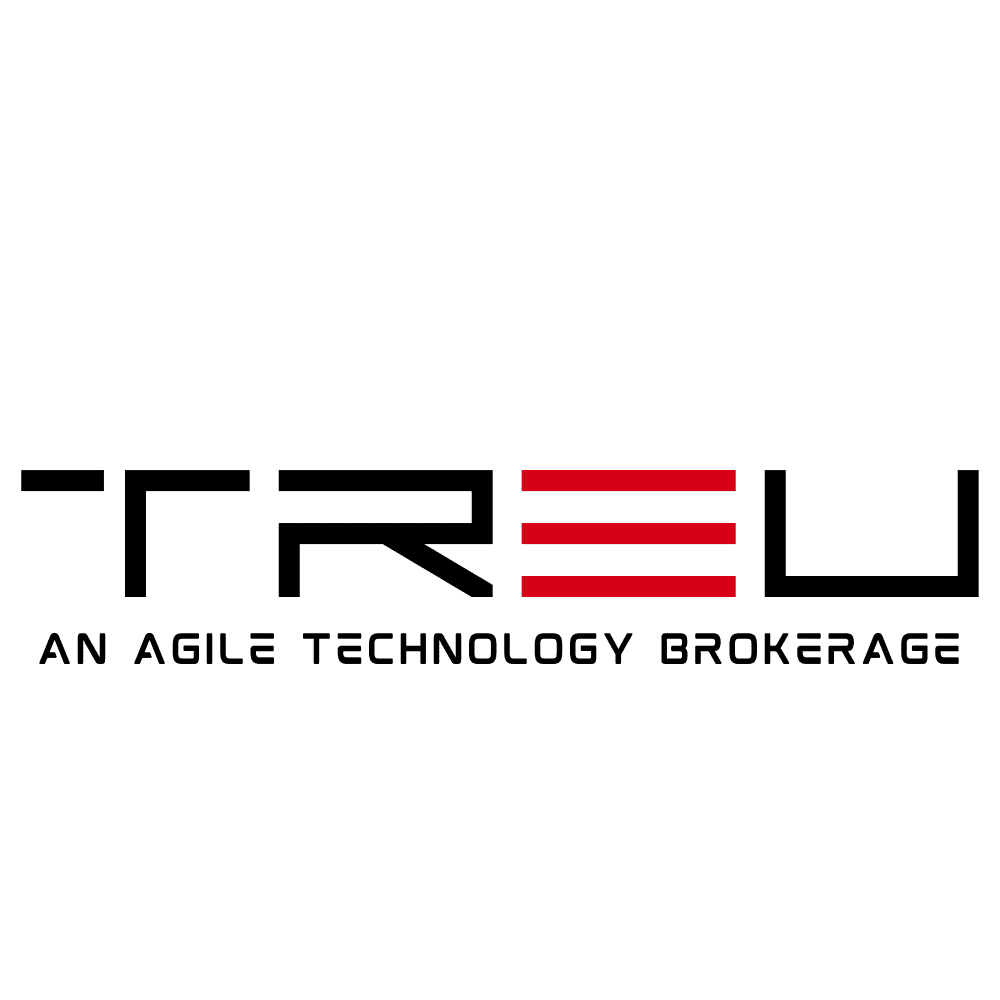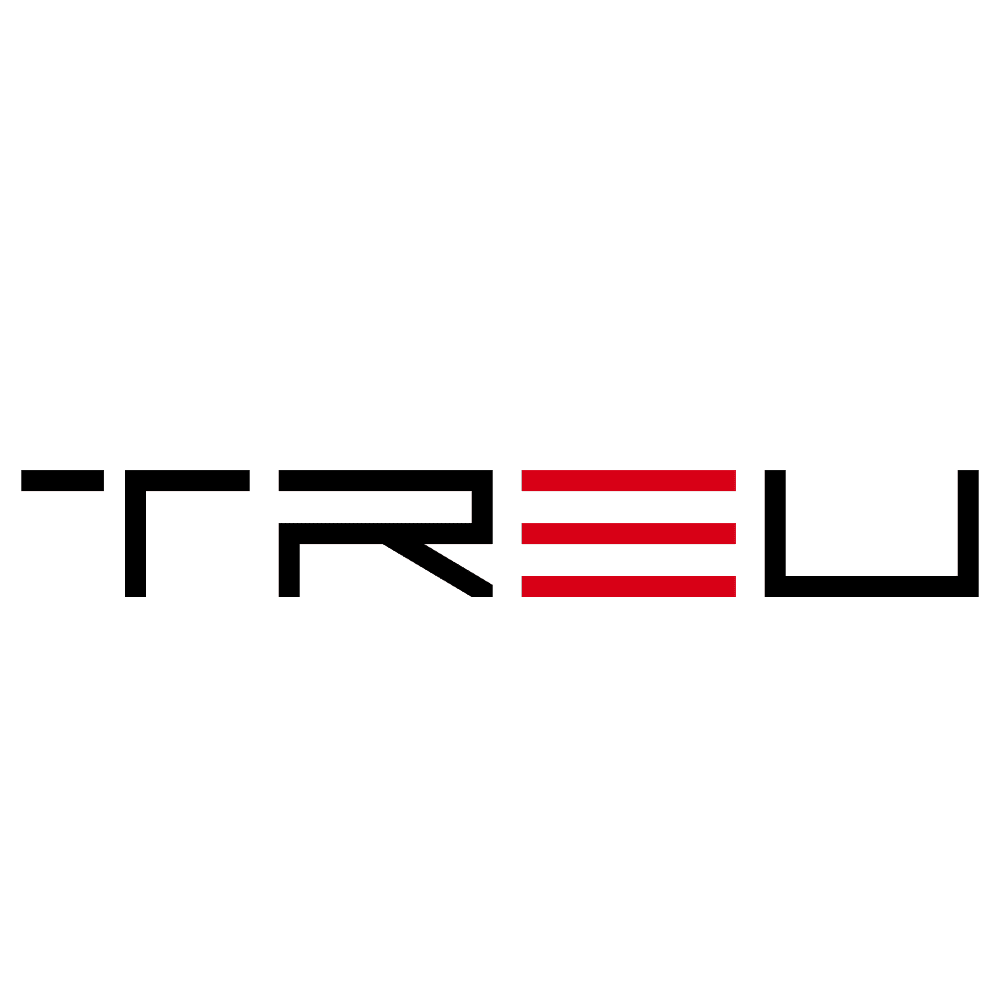Emerging Supply Chain Technology Trends to Watch in 2025
The supply chain industry is evolving rapidly, driven by technological advancements that are revolutionizing the way businesses operate. Enterprises are increasingly leveraging automation, AI, and predictive analytics to streamline logistics, boost efficiency, and enhance customer satisfaction. To stay ahead of the competition, companies must adopt the latest supply chain technologies that are shaping the future.
In this article, we will explore the most impactful supply chain technology trends to watch in 2025 and how they will redefine the industry.
1. Artificial Intelligence (AI) and Machine Learning (ML) Take Center Stage
AI and ML are no longer futuristic concepts—they are becoming integral to supply chain management. In 2025, the adoption of AI-driven analytics will help businesses enhance decision-making and automate complex processes.
Key Benefits of AI and ML in Supply Chains:
- Predictive Analytics: AI-powered analytics can forecast demand with greater accuracy, helping companies optimize inventory management and reduce stockouts.
- Automated Decision-Making: Machine learning algorithms can quickly analyze vast amounts of supply chain data to recommend the best logistics strategies.
- Enhanced Route Optimization: AI-driven route planning ensures faster deliveries and reduced transportation costs.
Companies that invest in AI-powered supply chain solutions will gain a competitive edge by improving efficiency, reducing costs, and enhancing overall logistics management.
2. Increased Use of IoT in Supply Chain Visibility
The Internet of Things (IoT) is dramatically improving supply chain transparency and efficiency. Over the course of the year, more businesses will deploy IoT-connected devices to monitor goods in transit, track warehouse operations, and ensure seamless logistics management.
How IoT is Transforming Supply Chains:
- Real-Time Tracking: Smart sensors and IoT devices provide real-time visibility into shipments, reducing delays and improving customer satisfaction.
- Proactive Maintenance: IoT-enabled predictive maintenance prevents equipment breakdowns, minimizing disruptions.
- Temperature and Condition Monitoring: For industries like pharmaceuticals and food, IoT ensures that products are transported under optimal conditions.
With IoT integration, businesses can closely monitor every aspect of the supply chain, enabling better decision-making and risk management.
3. Growing Adoption of Blockchain for Transparency and Security
Blockchain technology is set to become a game-changer for supply chain management by enhancing security, authenticity, and traceability. This year, more companies will adopt blockchain to create tamper-proof and transparent records.
Key Benefits of Blockchain in Supply Chains:
- End-to-End Transparency: Blockchain provides a decentralized and immutable ledger, ensuring every transaction across the supply chain is traceable.
- Improved Fraud Prevention: Reducing counterfeit risks by verifying the authenticity of products and transactions.
- Smart Contracts for Automation: Blockchain smart contracts automate processes, such as payments and compliance checks, streamlining operations.
Businesses that integrate blockchain into their supply chain operations will experience greater security, efficiency, and trust among partners.
4. The Rise of Robotics and Autonomous Warehousing
With e-commerce demand surging, warehouses and distribution centers are increasingly turning to robotics and automation. This year, we can expect greater adoption of autonomous robots to streamline inventory management and fulfillment.
How Robotics Is Enhancing Warehousing:
- Automated Picking and Sorting: Robotic systems improve order fulfillment speed and accuracy.
- Autonomous Drones: Drones assist with inventory checks, reducing manual labor and operational costs.
- Collaborative Robots (Cobots): Cobots work alongside human employees to enhance productivity and efficiency.
By investing in robotics, companies can reduce labor costs, speed up order processing, and improve overall warehouse efficiency.
5. Cloud-Based Supply Chain Solutions for Agility
Cloud technology is revolutionizing the way supply chains operate by offering enhanced accessibility, scalability, and real-time collaboration. As companies move toward digital transformation, more businesses will adopt cloud-based supply chain platforms in 2025.
Key Advantages of Cloud-Based Solutions:
- Real-Time Data Access: Cloud-based platforms enable businesses to track inventory, shipments, and orders from anywhere in the world.
- Scalability: Companies can quickly scale resources based on demand fluctuations.
- Improved Collaboration: With cloud technology, different stakeholders in the supply chain can share data seamlessly.
Businesses leveraging cloud solutions will benefit from increased flexibility, better cost management, and improved supply chain resilience.
6. Sustainability and Green Supply Chain Technologies
Sustainability is no longer an option—it is a necessity. Companies will increasingly implement eco-friendly technologies and carbon footprint reduction strategies to meet regulatory compliance and consumer expectations.
How Green Technology is Reshaping Supply Chains:
- Electric and Autonomous Vehicles: The use of EVs and autonomous delivery trucks will help businesses reduce transportation emissions.
- Eco-Friendly Packaging: Companies will invest in biodegradable packaging to minimize waste.
- Energy-Efficient Warehouses: Smart grids and AI-powered energy management systems will optimize energy consumption.
Sustainability-driven supply chains will not only help the environment but also improve brand reputation and operational efficiency.
7. Hyperautomation for End-to-End Process Optimization
Hyperautomation—combining AI, robotic process automation (RPA), and advanced analytics—will be a major trend in 2025. This strategy allows businesses to automate end-to-end supply chain processes, reducing human intervention and enhancing efficiency.
Key Applications of Hyperautomation:
- Order Processing Automation: AI and RPA will automate customer orders, reducing manual errors.
- Dynamic Pricing Optimization: AI-driven pricing models will adjust costs based on market demand and inventory levels.
- Continuous Process Monitoring: Hyperautomation ensures continuous real-time insights into supply chain operations.
Companies using hyperautomation will benefit from significant cost savings, increased accuracy, and accelerated operation speeds.
Final Thoughts
As we move through 2025, supply chain technology will continue to evolve, bringing automation, AI, IoT, and sustainability to the forefront. Businesses that proactively adopt these emerging trends will gain a competitive advantage, enhance operational efficiency, and improve customer satisfaction.
To stay ahead in this rapidly changing landscape, organizations must invest in the latest technological innovations and optimize their supply chain strategies for the future.
Are you ready for the next generation of supply chain management? The time to start embracing these disruptive technologies is now!

